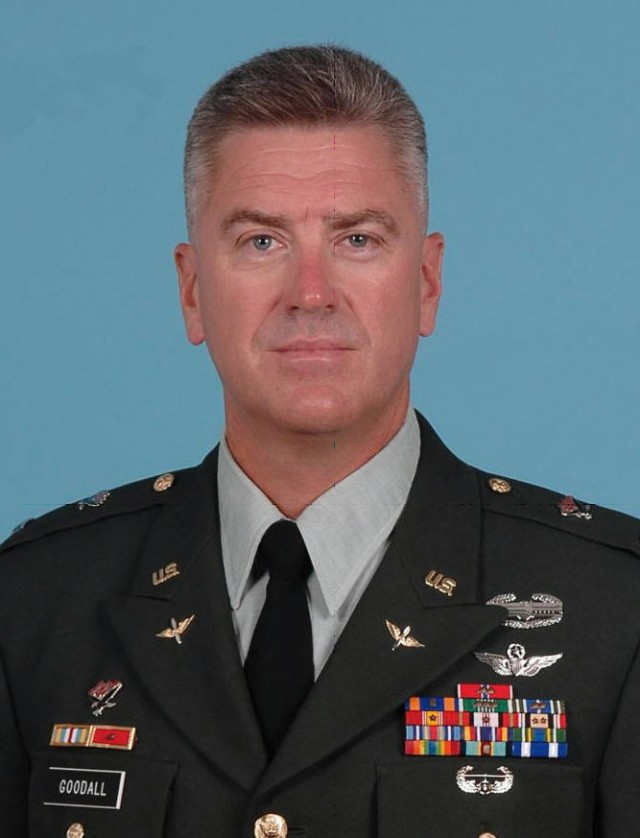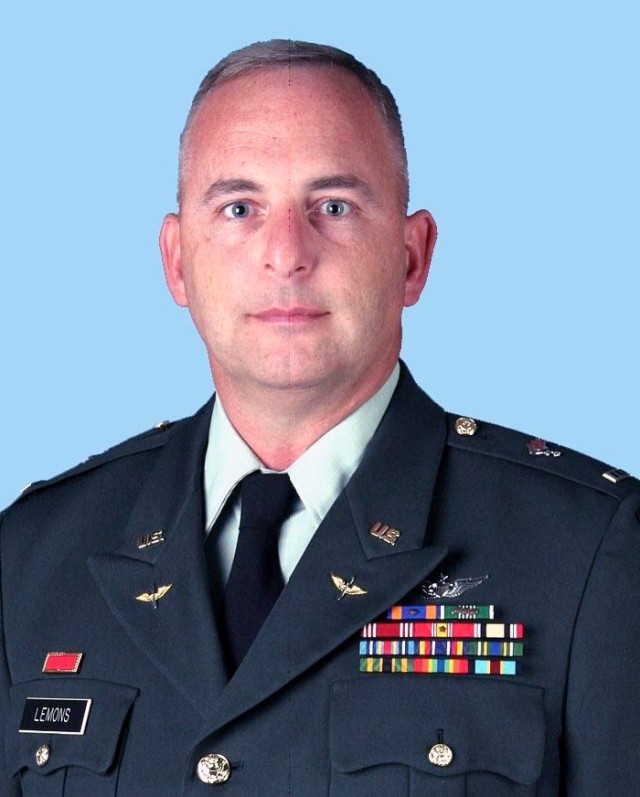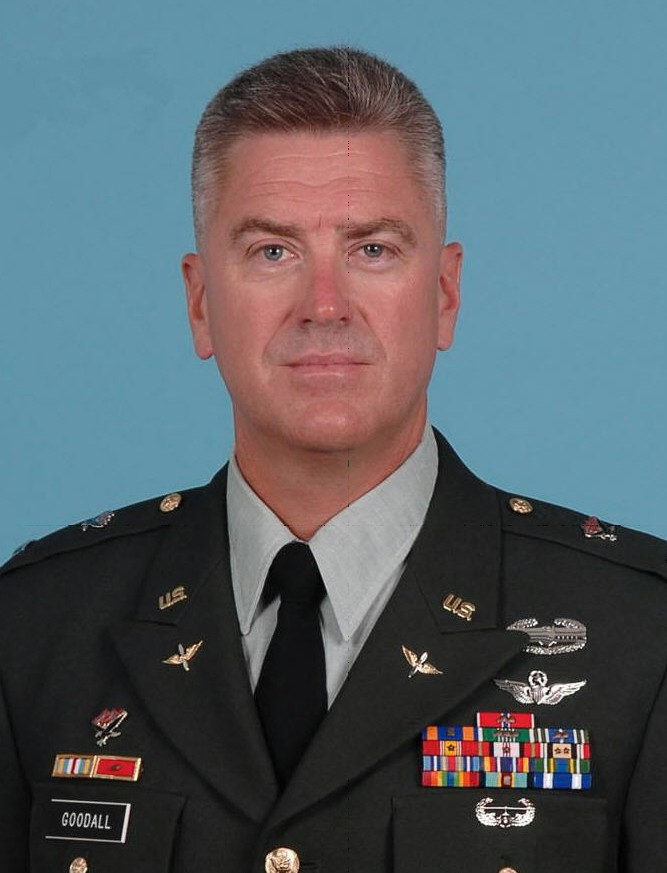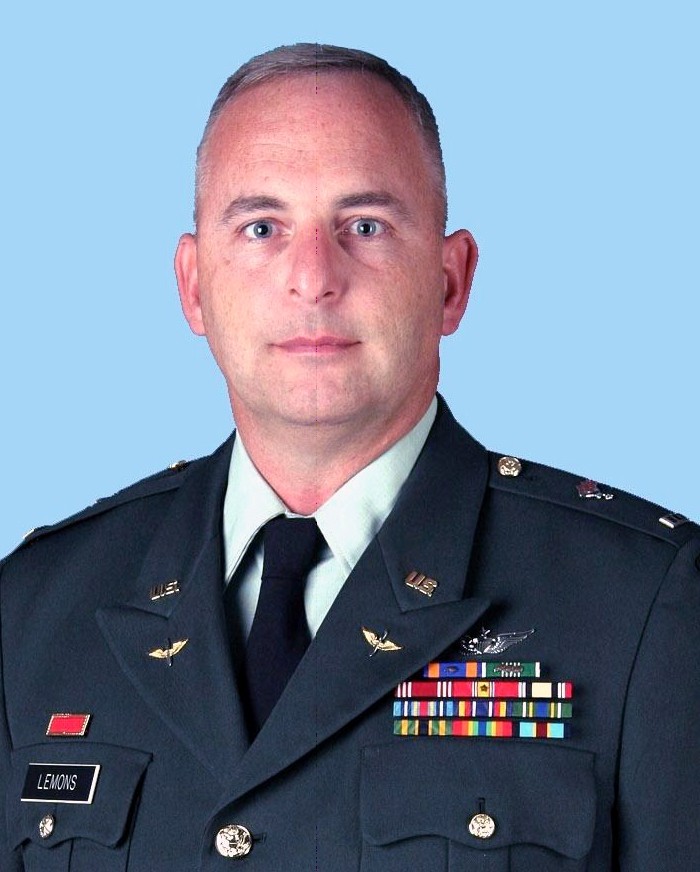WASHINGTON -- The Army's 2010 Suggestors of the Year were recognized March 15, at an annual award ceremony presided over by Under Secretary of the Army Joseph W. Westphal, in the Pentagon Auditorium.
The 2010 Civilian Suggestor of the Year is Jordan T. Dant, explosives handler, manufacturing & engineering directorate, industrial operations division, Crane Army Ammunitions Activity, Crane, Ind.
Military Suggestor(s) of the Year are Chief Warrant Officer 4 Merle D. Goodall, battalion standardization instructor pilot, 101st Airborne Division (Air Assault), Fort Campbell, Ky., and Chief Warrant Officer 4 James E. Lemons, Jr., instructor pilot/maintenance test pilot evaluator, F Company, 1-212 Aviation Regiment, 110th Aviation Brigade, Fort Rucker, Ala.
Dant's suggestion improved the pouring operation for a payload assembly, a process that now uses a funnel 3/8-inch longer than the one originally designed for the unit. The longer funnel puts more epoxy in the cup. Simultaneously, the pouring angle was changed from 30 degrees to 17 degrees. When more epoxy filled the single hole spout it created many rejects because of air bubbles and a cavity outside the needed tolerance.
Dant found that by changing the pouring angle and using less epoxy the air bubbles were eliminated and a stronger cavity created. The six percent reject rate was eliminated and Crane Army Ammunition Activity realized $548,264 in first-year savings and additional savings for the foreseeable future.
Goodall and Lemons' suggestion involved a UH-60 (Black Hawk) helicopter. The UH-60 is equipped with a two piece ballistic armor panel system, the purpose of which is to protect the pilot and co-pilot's shoulder, arm and upper torso area from bullets or shrapnel, 7.62 caliber and smaller.
The system consists of moving an armor panel forward outside the aircraft after the pilot and/or co-pilot is in his seat and strapped in. The crew chief must also move the panel to the stowed position at the end of the flight to allow the pilot or co-pilot to exit the aircraft.
The problem is, in a degraded environment, sand inhibits the panel from moving easily. The panel cannot, in most instances, be moved to the stowed position by the pilot. If the panel jams in the open position, the pilot or co-pilot would be trapped in the aircraft during a post accident or refuel flash fire, which could cause death.
Crews concerned by the flawed system in most instances elect to fly with the armor panel in the stowed position. With the original design, crews choose the risk of being killed by shrapnel or direct fire coming through the door over being trapped after a crash, placing occupants and the aircraft at risk.
Goodall and Lemons identified this issue and suggested a redesign of the current system to make it useable and reliable in a desert environment. The improved design will be installed on all applicable new UH-60 variants Department of Defense-wide starting in 2011. The design will also be retrofitted in time on all Army UH-60's in the inventory.
For more information about the RDECOM Army Suggestion Program, call 410-436-3893 (DSN 584-3893) or 410-436-3911.






Social Sharing